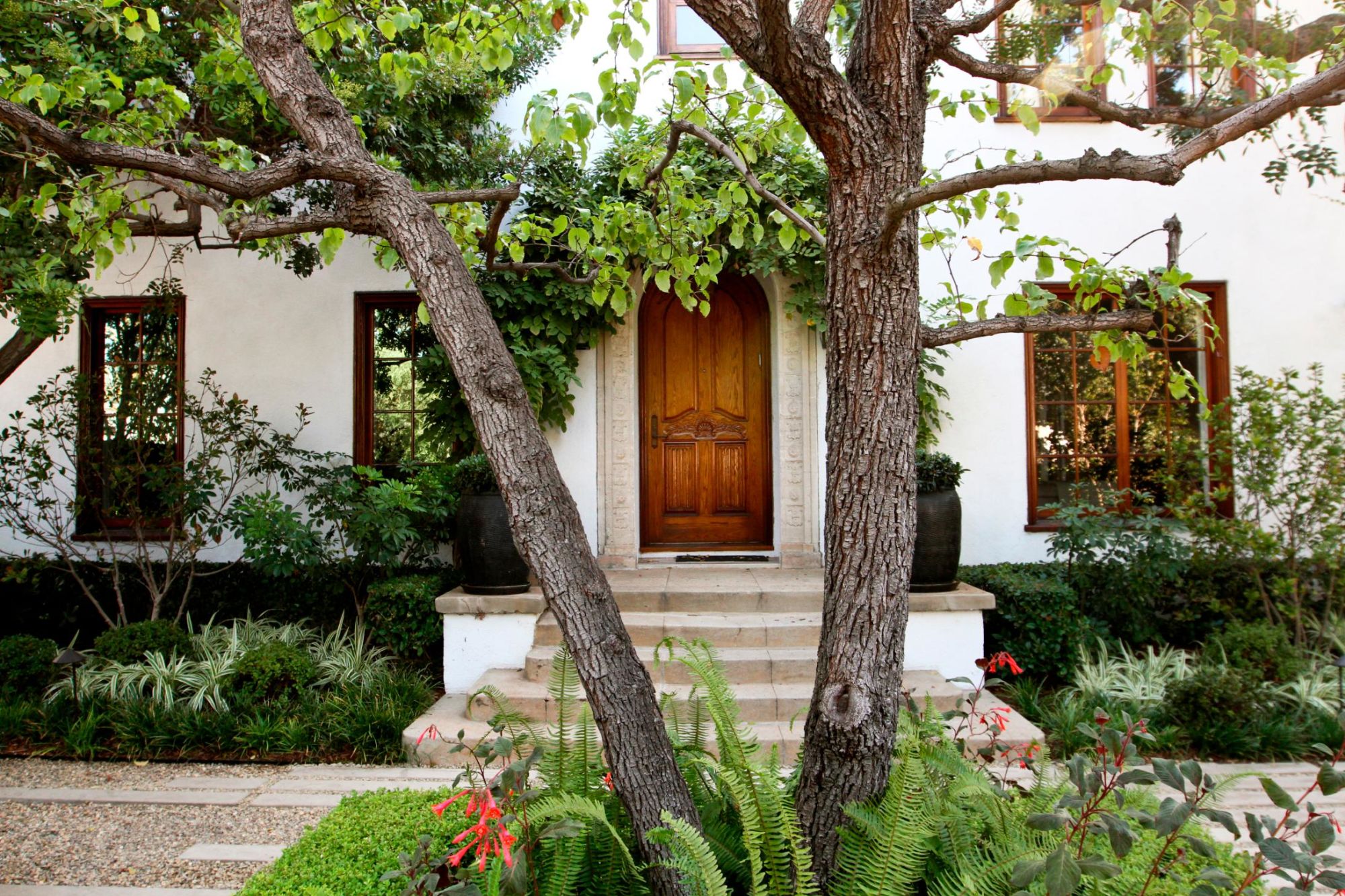Lawns are an American obsession. Since the mass proliferation of suburbs in the 1950s and ’60s, these pristine carpets of green turf have been meticulously maintained by suburbanites, with grass length and other aesthetic considerations enforced with bylaws and by homeowner associations.
But for nature, lawns offer little. Their maintenance produces more greenhouse gases than they absorb, and they are biodiversity deserts that have contributed to vanishing insect populations. Residential lawns cover 2% of US land and require more irrigation than any agricultural crop grown in the country. Across California, more than half of household water is used outside of the house.
If attitudes toward lawn care are shifted, however, these grassy green patches represent a gigantic opportunity. In 2005, a NASA satellite study found that American residential lawns take up 49,000 square miles (128,000 square km) – nearly equal in size to the entire country of Greece.
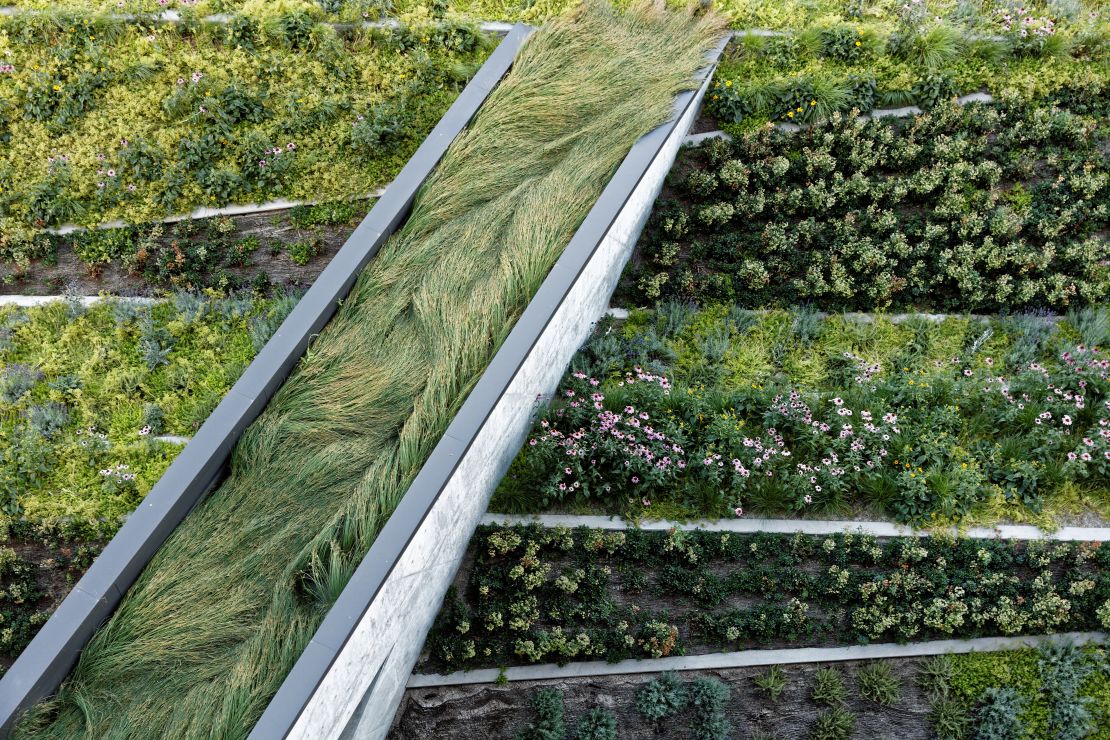
According to environmental scientists, transforming lawns into miniature modular bio-reserves could not only boost biodiversity, but could cut water and petrol consumption and reduce the use of dangerous lawn chemicals.
Yet the question for many homeowners remains: how?
In Western states such as California, Colorado and Arizona, droughts have led to restrictions on water usage, forcing many to reconsider their thirsty lawns. Some inventive families and landscape architects have transformed yards, producing oases of life for hummingbirds, bees and butterflies, by employing scientific insight, design and imagination.
While many residents across the US may want a traditional patch of green carpet, Jodie Cook, a landscape designer from San Clemente, California, explained over email that West Coast homeowners are growing increasingly aware of how innovative models for lawns can benefit natural ecosystems, while providing a new dimension to the family home.
“This new garden model is giving people permission to play,” said Cook, who has redesigned home lawns across Orange County, with an emphasis on “ecosystem-centric” design. Ripping up a generic lawn can reveal a canvas for personal creativity – to plant with food, flowering plants and herbs, or to shape into wildlife habitats that invite in local fauna.
“It seems to me that they are yearning for an authentic experience of nature close to home,” said Cook. There is increasing evidence that close contact with natural environments can reduce stress and anxiety, and even help maintain memory as we age.
According to Cook, the families she’s worked with have been delighted to reconnect with eclectic natural processes, such as watching rain cascade down water-drainage swales. “They don’t want to travel to a wilderness park to see ecosystem interactions.”
Nationwide Trend
What Cook sees in California reflects an emerging trend across the country. In Minnesota, homeowners have been offered rebates to replace lawns with flowering plants beloved by bees. Cities and municipalities, such as Montgomery County in Maryland, have also offered to pay families and homeowner associations to design gardens that collect storm water in water features and underground rain barrels.
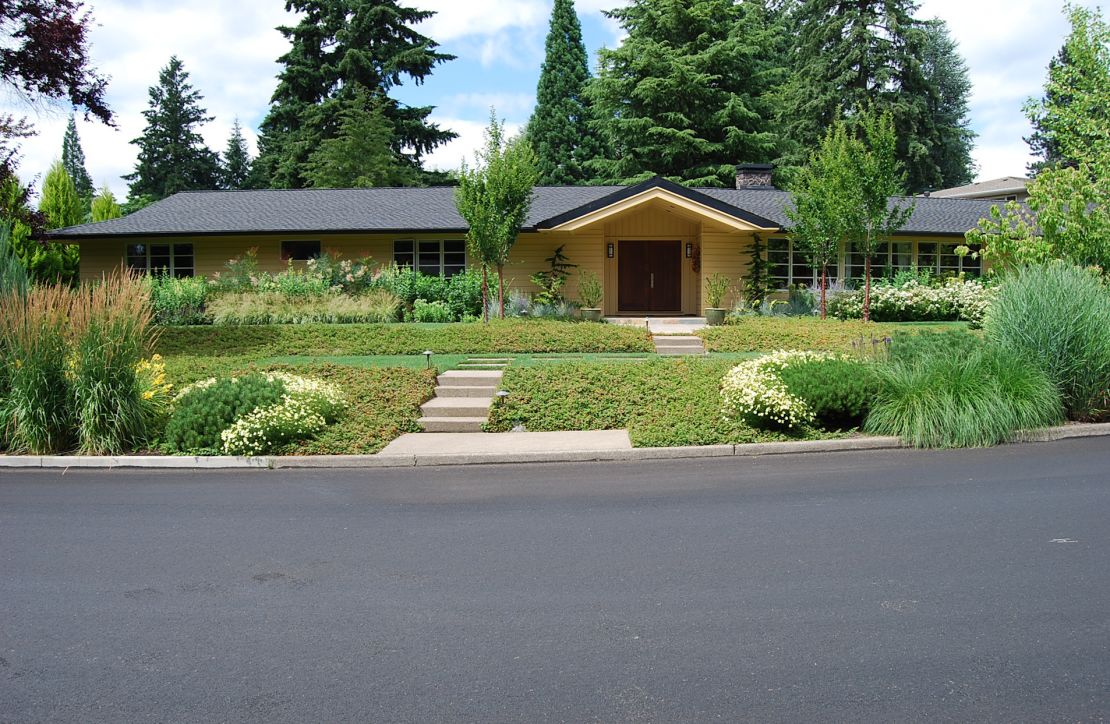
Such policies can lead to big changes. Images of intensely irrigated lawns in Phoenix, ringed by the red sand of the Arizona Desert, were once a disturbing case study of America’s lawn addiction. But in recent decades, the state has taken action, charging more for water in the summer and banning lawns on new developments. At the turn of the millennium, 80% of Phoenix had green lawns, now only 14% does.
Landscape architects are seeing families change their preferences, according to a recent poll by the National Wildlife Federation’s (NWF) Garden for Wildlife initiative, which encourages Americans to design gardens with food, water and shelter for wild animals.
In a 2018 poll by the American Society of Landscape Architects (ASLA), 83% of landscape architects said they were increasingly being asked about native plants, which provide better support for local ecosystems and are more drought-resistant. Last year, NWF surpassed its goal to register a million gardens nationwide to support pollinators.
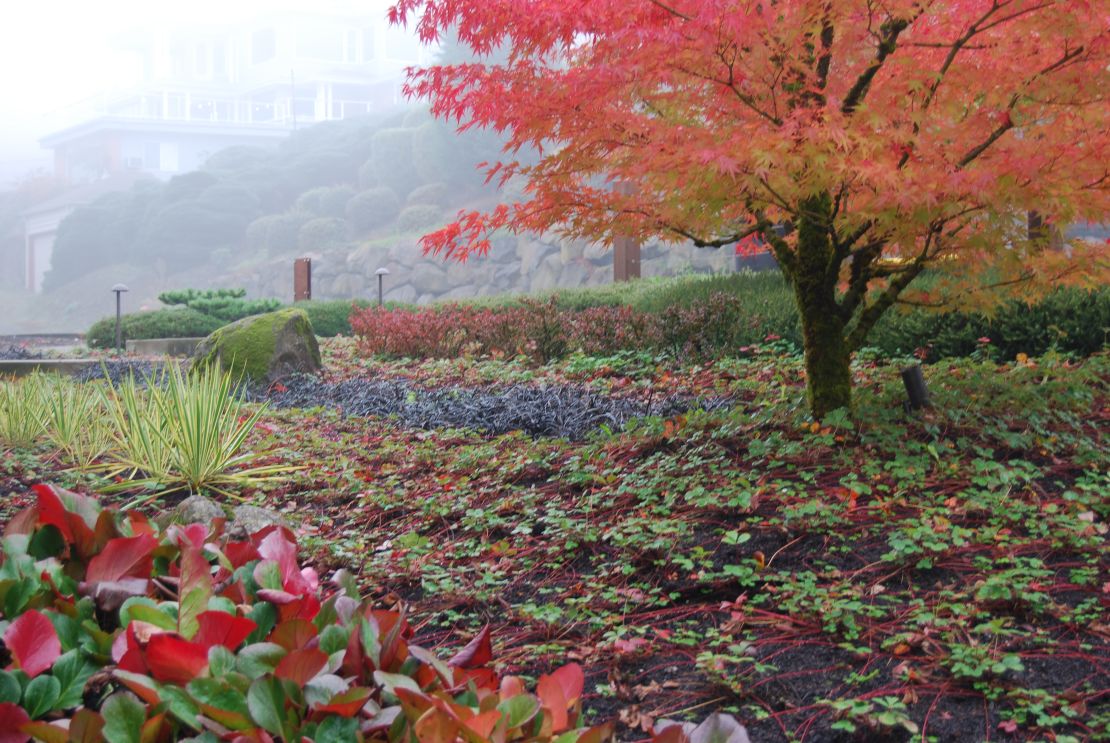
Changing Tastes
Similarly, the nonprofit Green America has launched the Climate Victory Gardens initiative, which encourages people to plant “regenerative” food gardens. Inspired by the Home Victory Gardens that grew millions of tons of fresh fruits and vegetables during World War I and II. More than 2,300 families have started farming patches of garden to sequester carbon and increase soil fertility.
These gardens today represent around 3,600 acres. According to Green America, they have the potential over the next 10 years to capture the carbon equivalent to taking 70,000 cars off the road for an entire year.
San Diego-based landscape architect Katie Seidenwurm has documented a number of reasons behind the spike in interest in different types of gardens, including rising water costs and environmental responsibility.
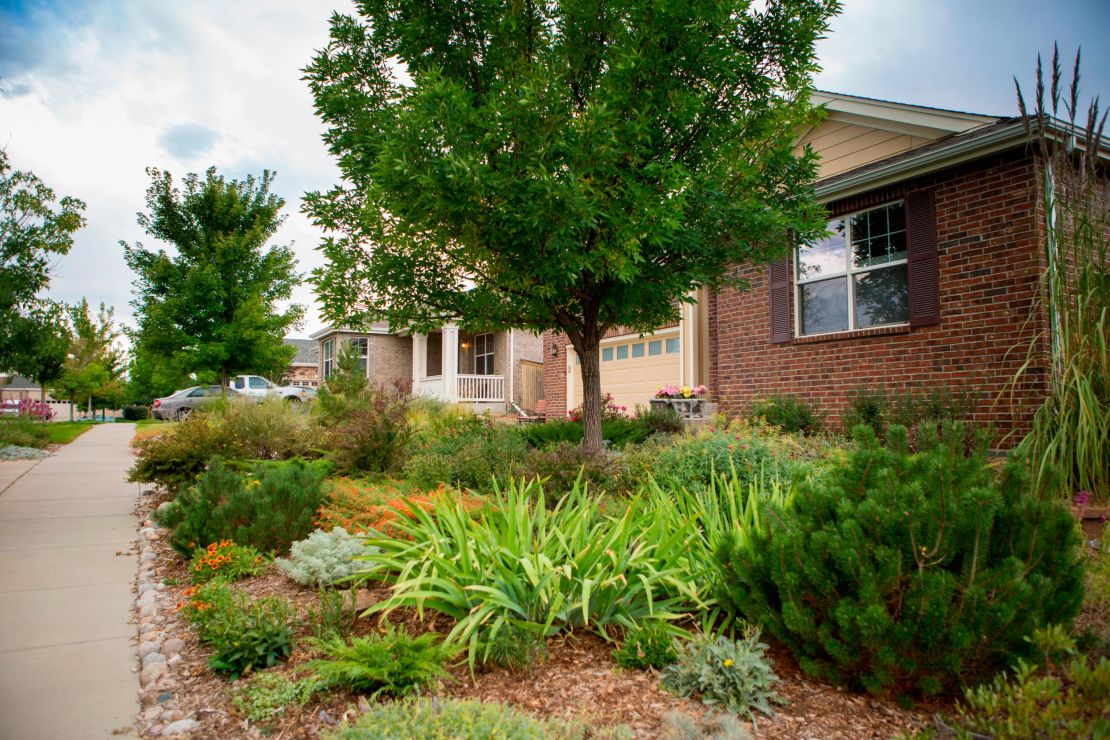
“A lot of homeowners are more environmentally aware,” said Seidenwurm over the phone, and she co-presented an ASLA talk last fall on recent residential garden trends with landscape architect Courtney Skybak, whose home city of Portland, Oregon, is another West Coast centre for experiments in environmental garden design. “There’s certificates that homeowners can get that certify that a front yard is wildlife friendly, or attracts butterflies, or is certified by master gardeners.”
“I think homeowners are trying to seek a higher sense of community, and so they want to be in their front yard, interacting with their neighbors,” she added.
Faced with the choice between a wildlife garden or astroturf – the latter has also become increasingly popular in drought-hit areas – Mary Phillips, senior director of NWW, urges people to consider nature. She refers to recent research that shows wildlife gardens can support bee biodiversity comparable to natural parklands and, as a result, a greater number and diversity of birds, especially songbirds.

“When we share those kinds of stories, that is what’s motivating people,” said Phillips. “Because they’re actually seeing on the ground, visually, these bees and these butterflies and the birds visiting the property, and they see that they can make a significant difference.”
A Few Simple Rules
Even small changes can make a difference to the environmental impact of lawns. The “entry-level option,” according to Philips, for families that still want room for their kids to play, is to inject more wildflowers into the turf. That includes plants that are typically viewed as nuisances.
“The stuff that people are usually trying to get out of their lawn, we’re saying ‘No, that’s good to have in your lawn!’” said Philips. “So reintroduce native violets – and even dandelions – certain clovers, low-growing thyme and things that flower, which provide pollinator benefits and are better for the soil.”
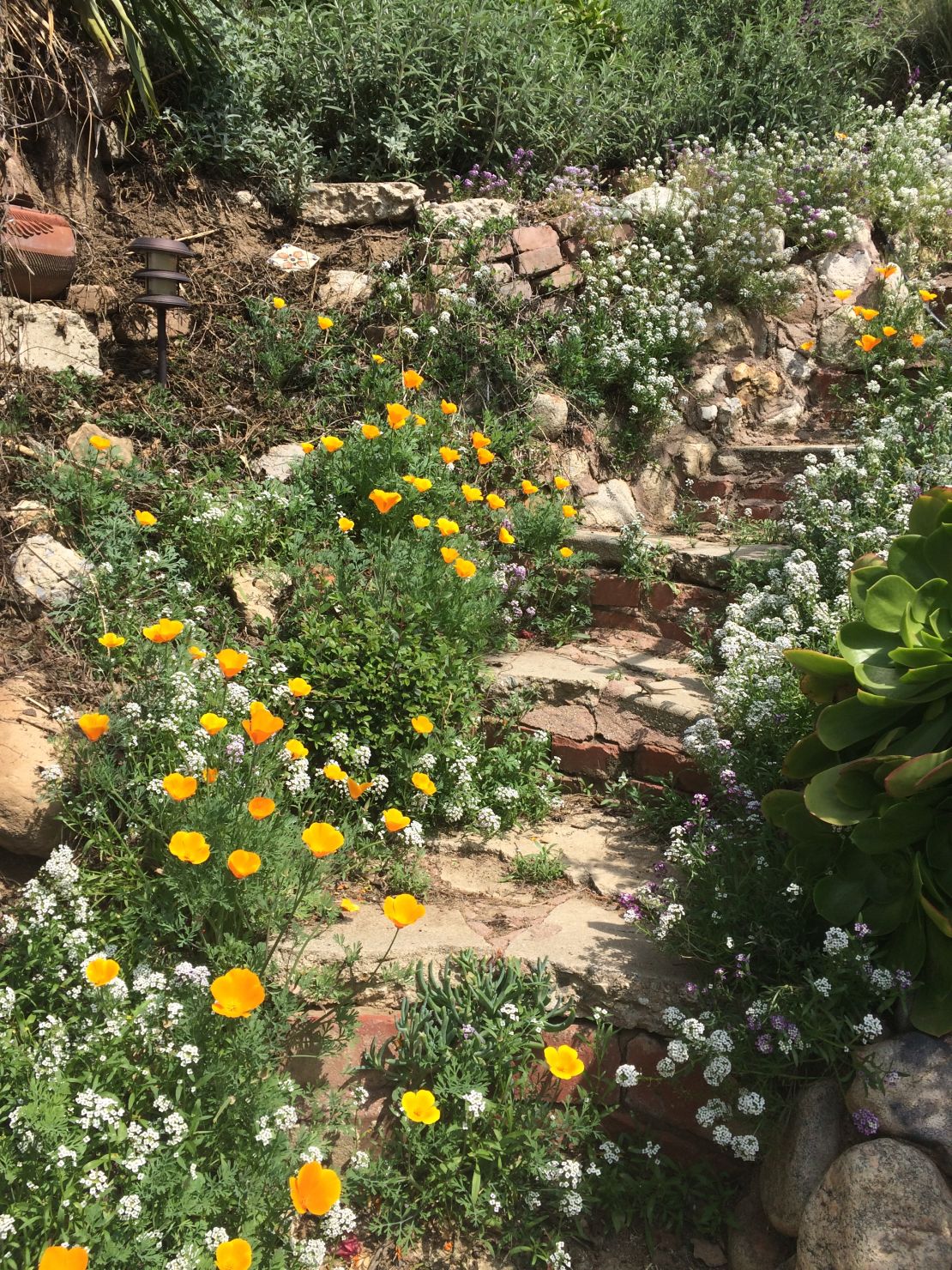
The more advanced option means “taller meadow or prairie-like native plants,” Phillips said. These types of plants have root systems that better manage storm water runoff, in addition to absorbing more carbon, she explained.
When one home commits to a wildlife-friendly lawn, others often follow. “(It’s) an unspoken message to their neighbors, it is evidence that they care about the environment,” Cook said. “In many areas, the first house on the block has set off a domino effect, as others take permission to experiment.”c
“Each small garden acts as a stepping stone for birds, pollinators and other wildlife, becoming something much larger, impacting whole watersheds,” she added.
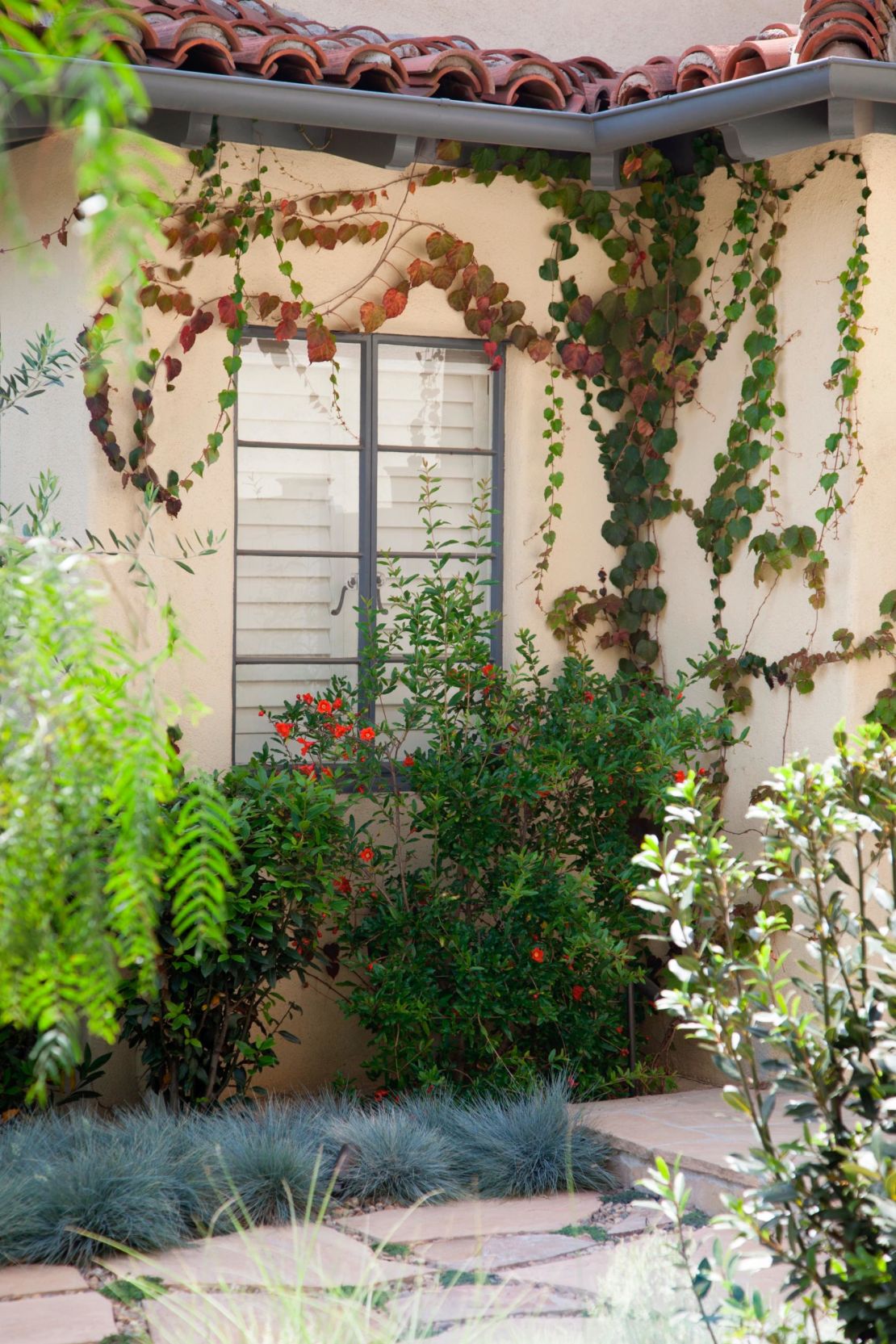
There are lessons to be learned from landscaping projects both grand and small. “There are no rules for what a garden should be,” said LA landscape designer Naomi Sanders. In addition to being a beautiful space, gardens and lawns present opportunities for peaceful refuge, hosting and observing wildlife, learning and exploring, and connecting with neighbors and one’s self. “Perhaps more now than ever, most of us understand the importance of plants and nature and that we function within a larger natural environment.”
Top photo: a front garden by Naomi Sanders
